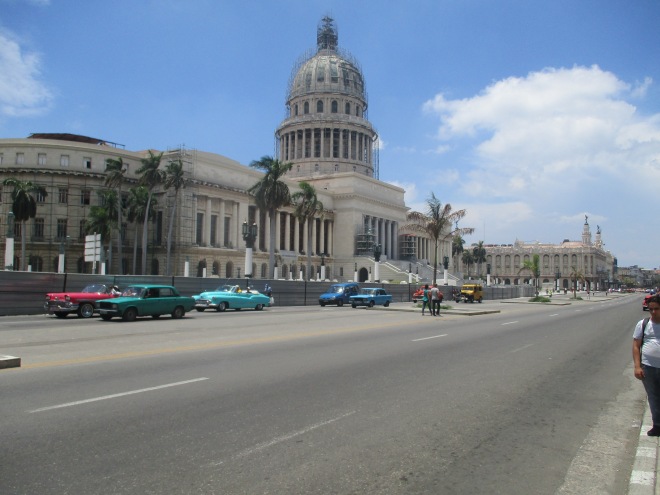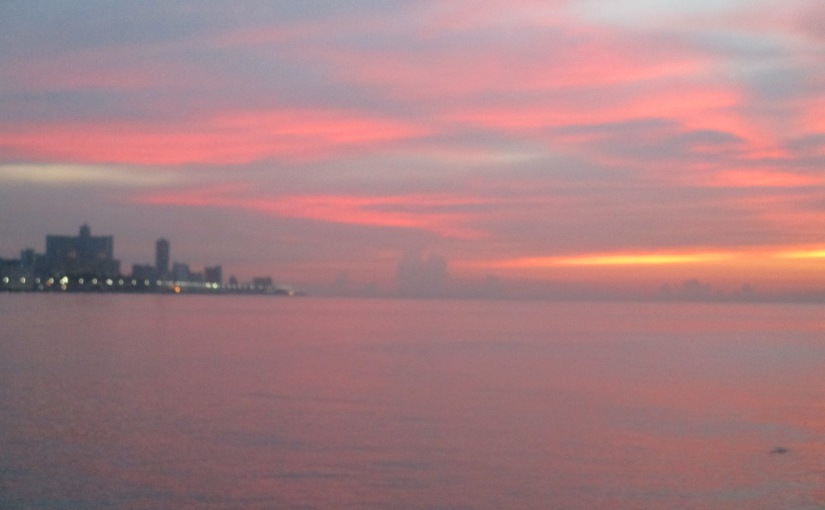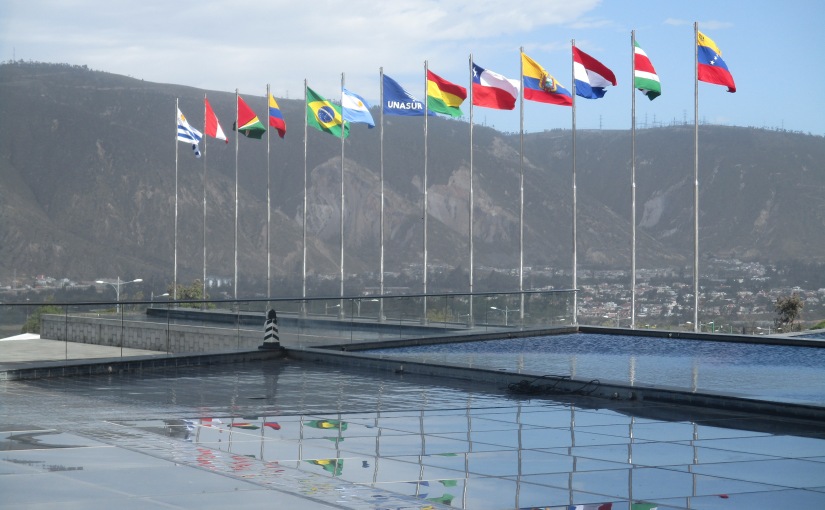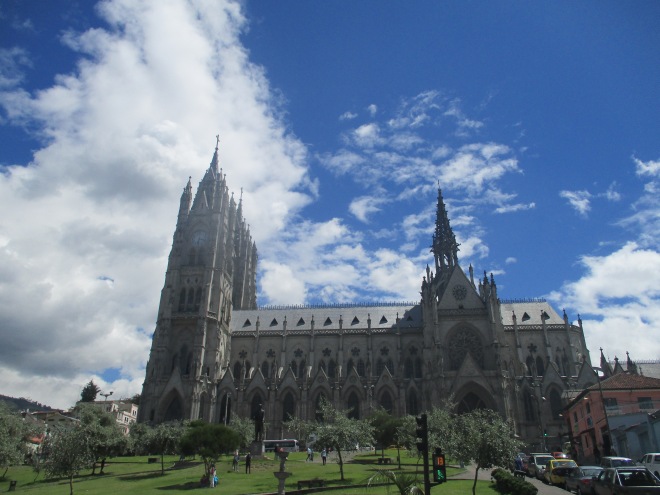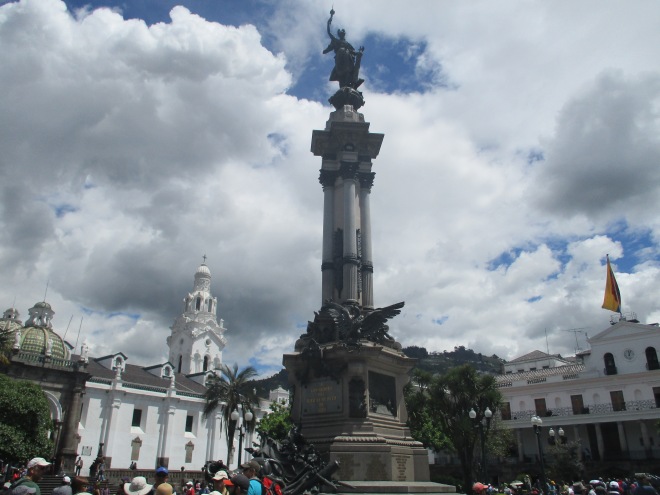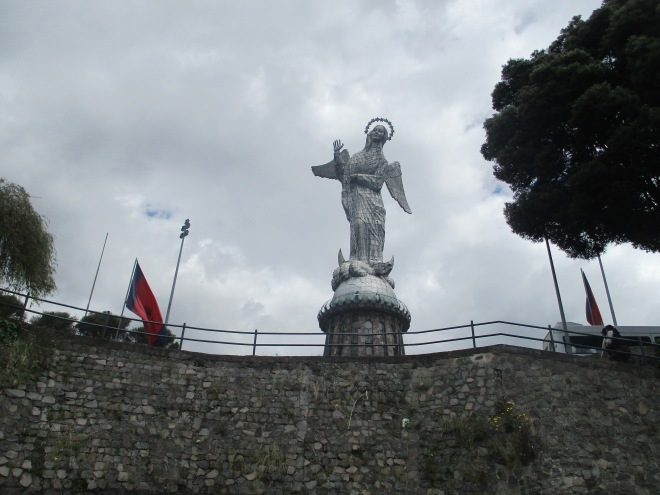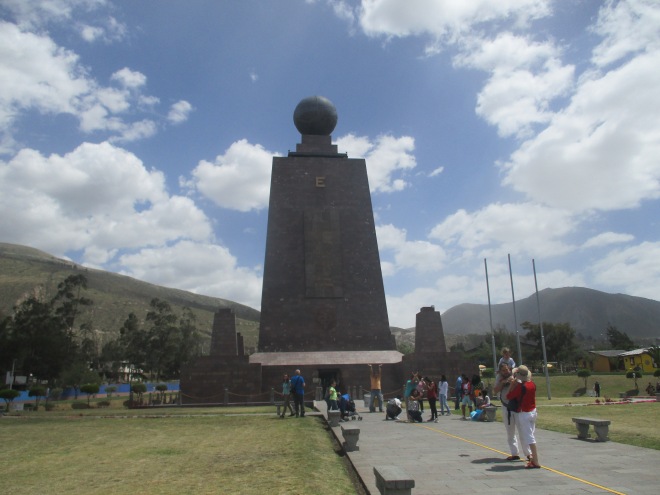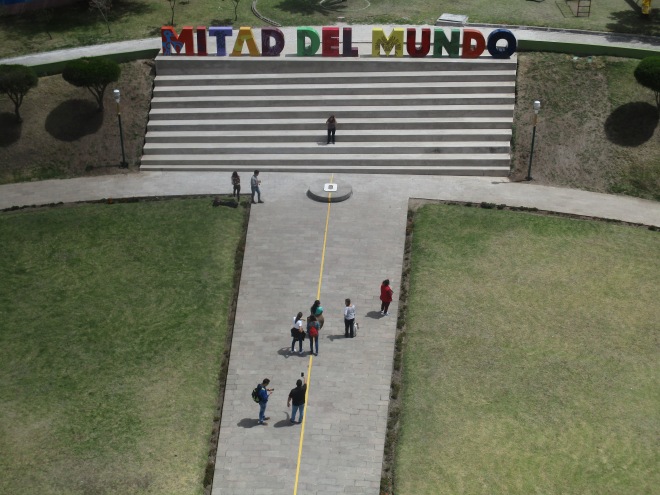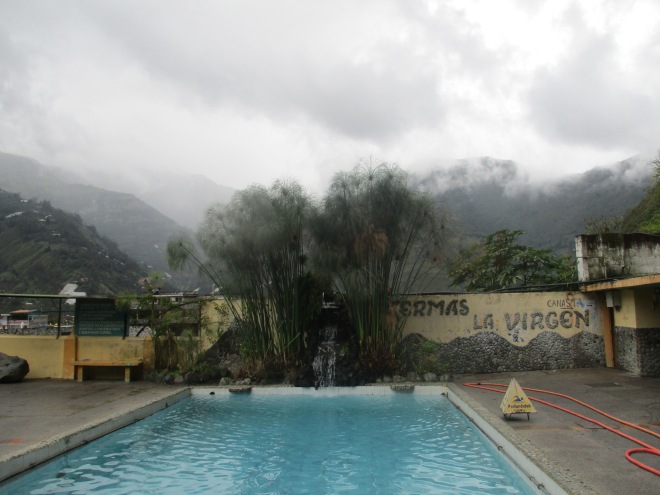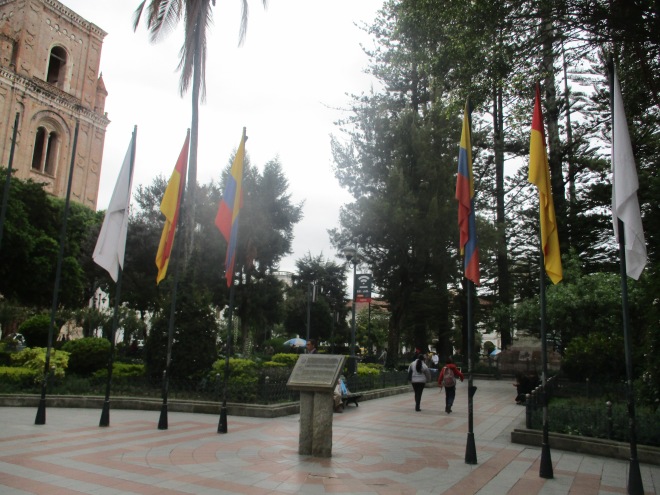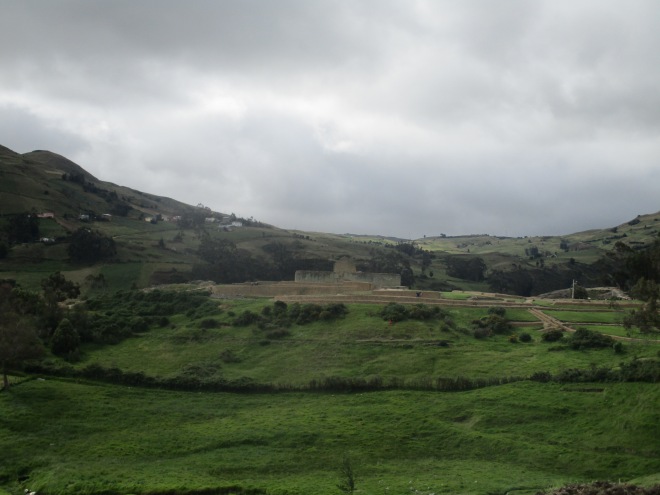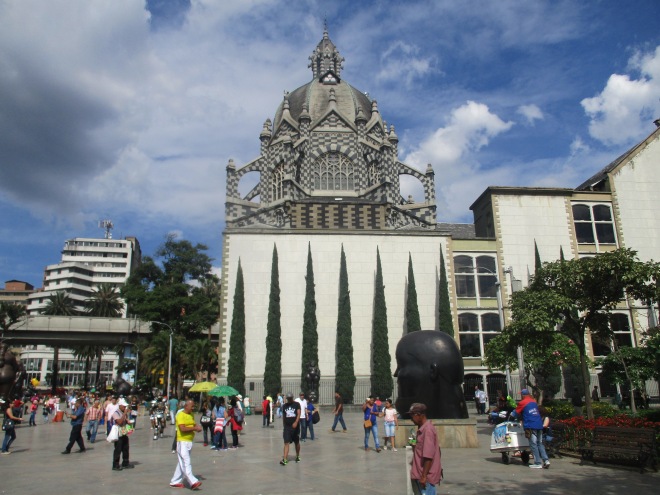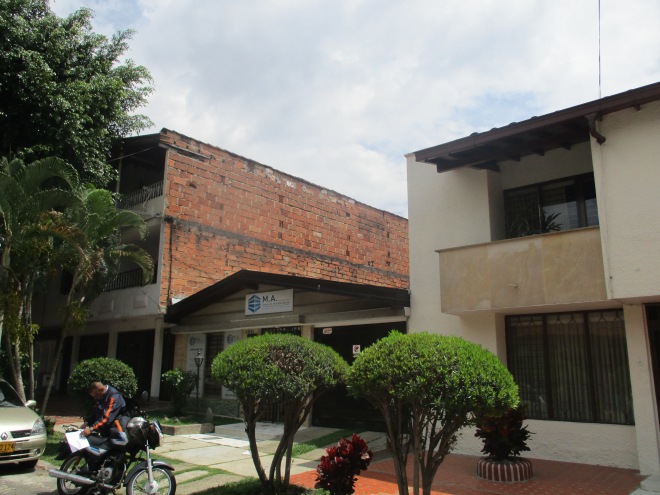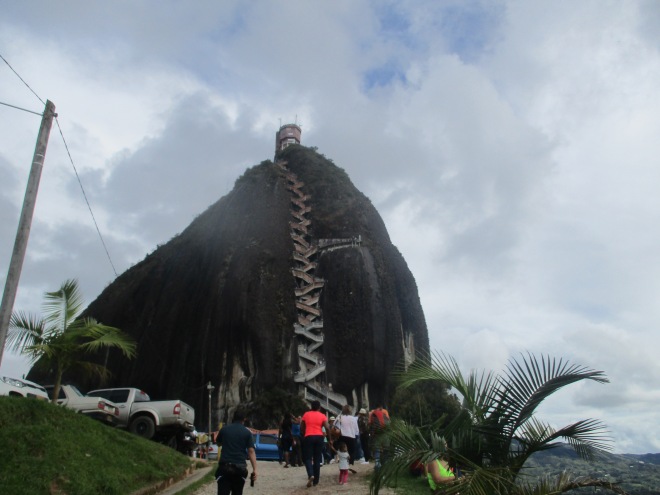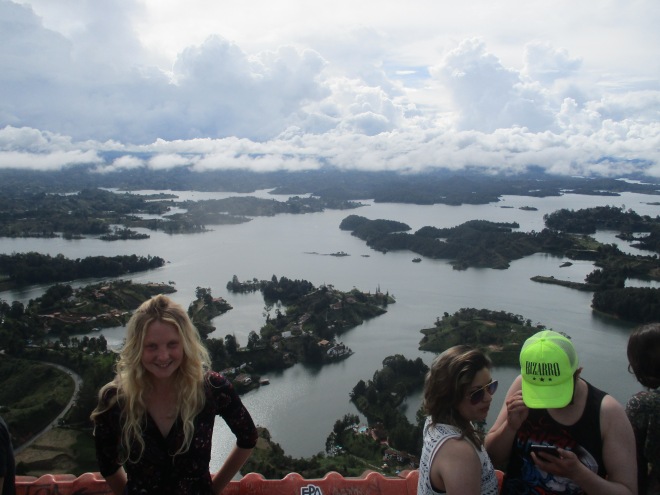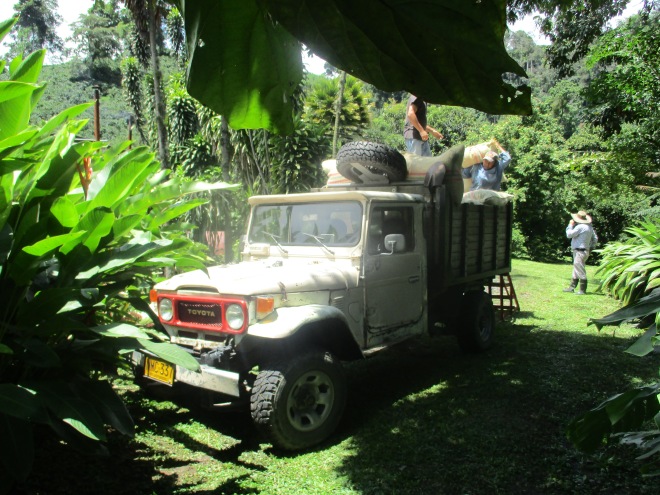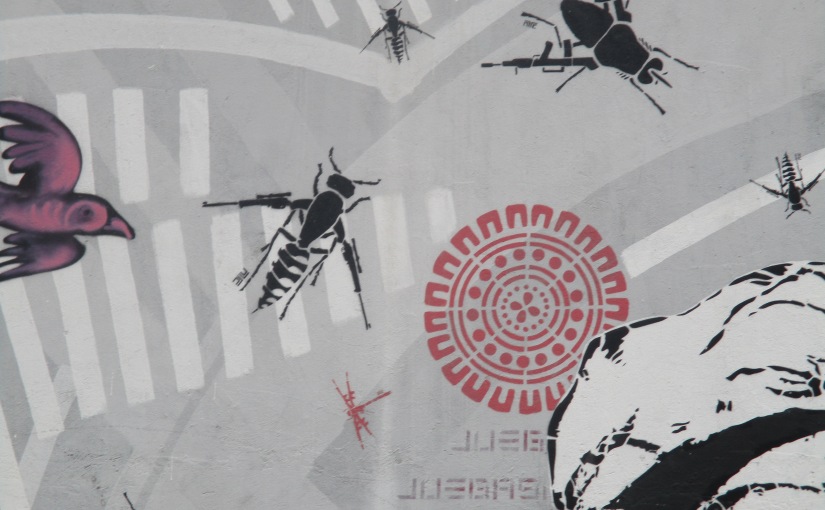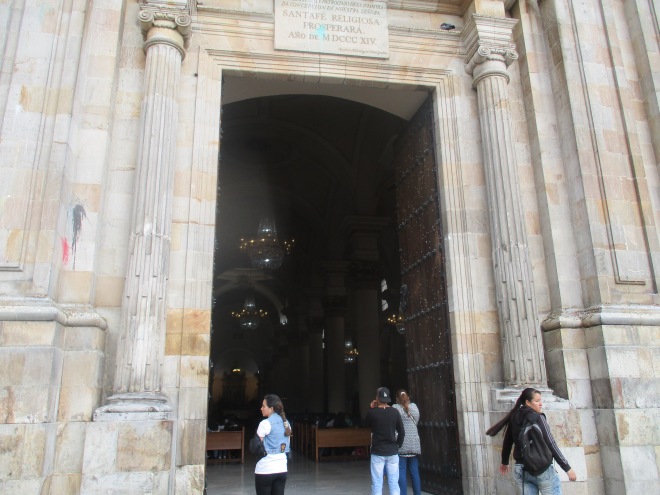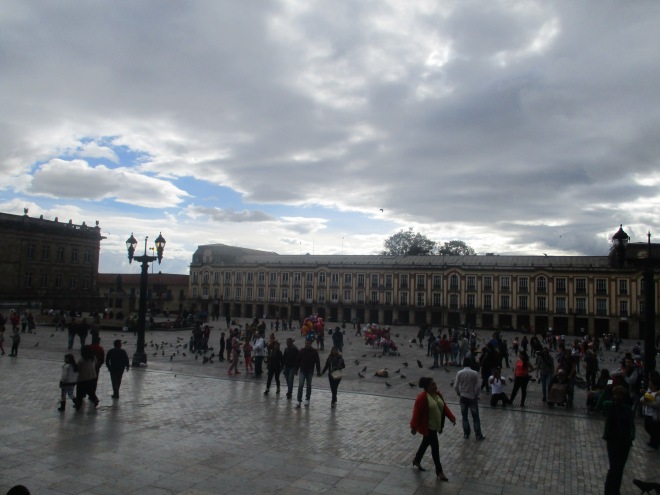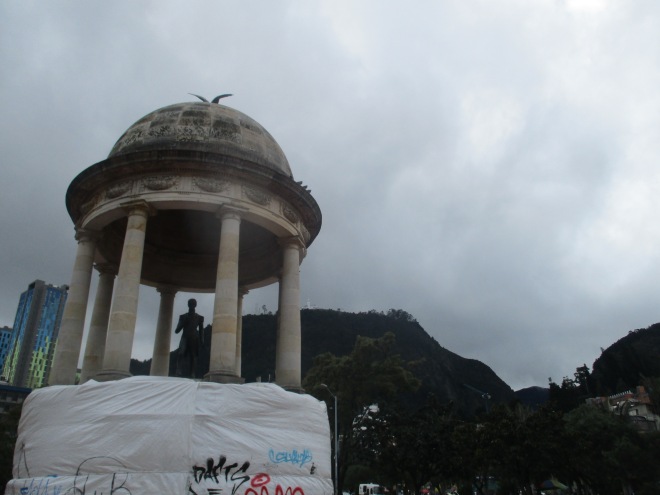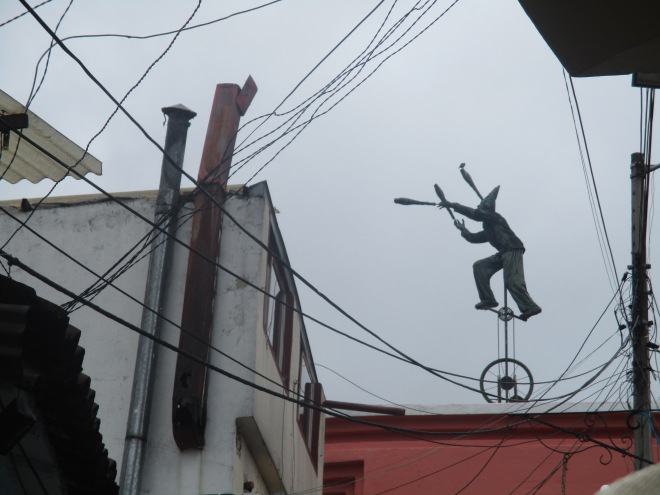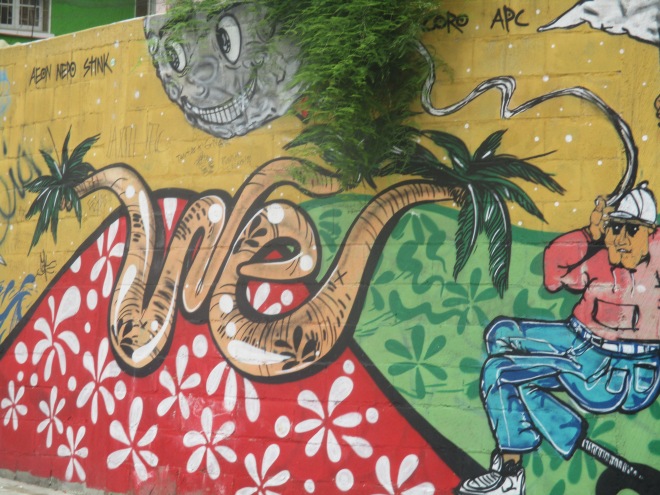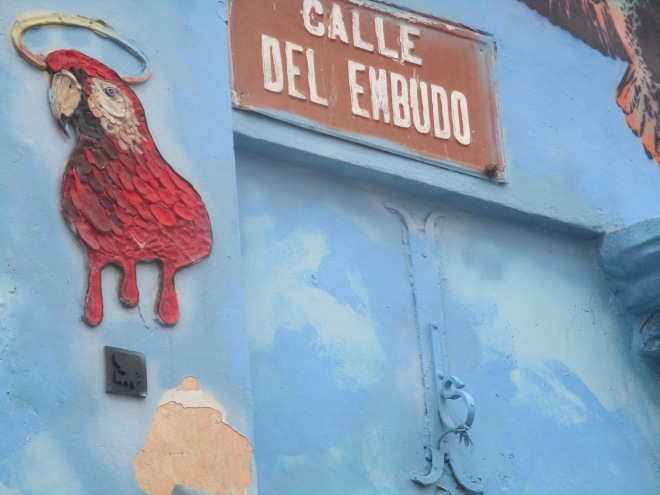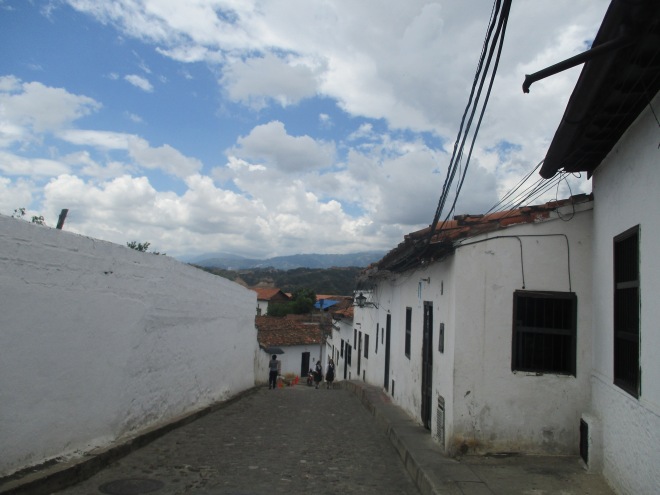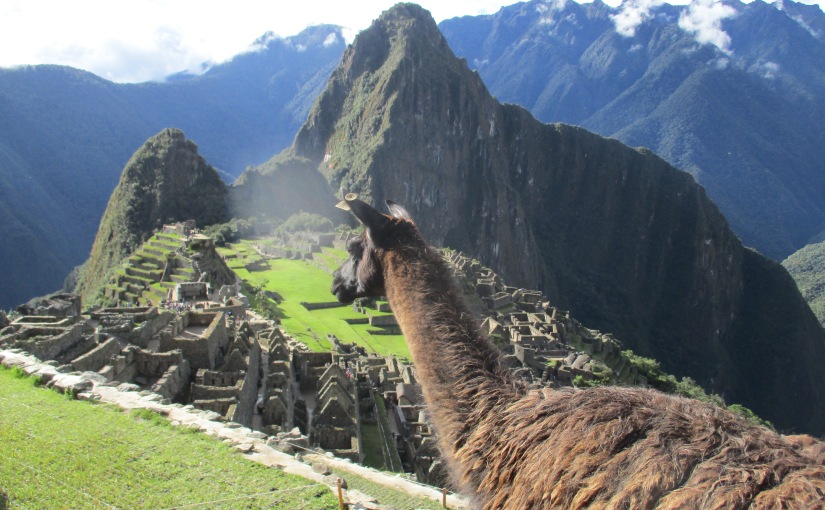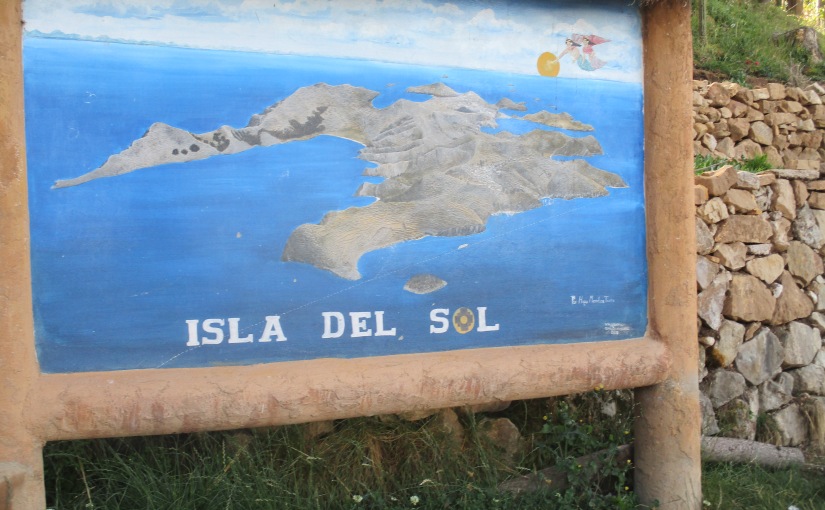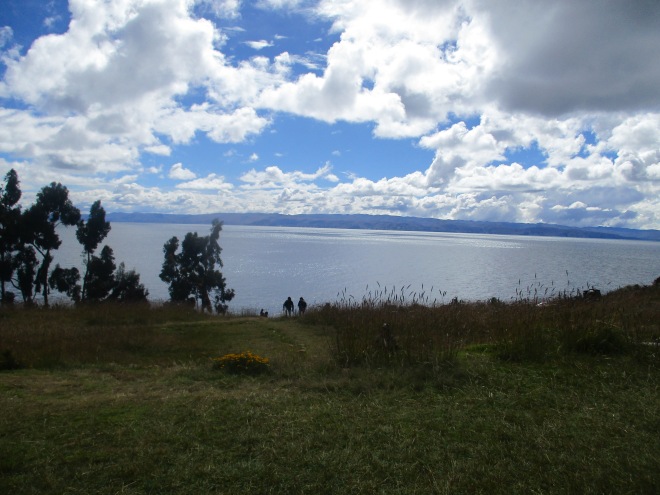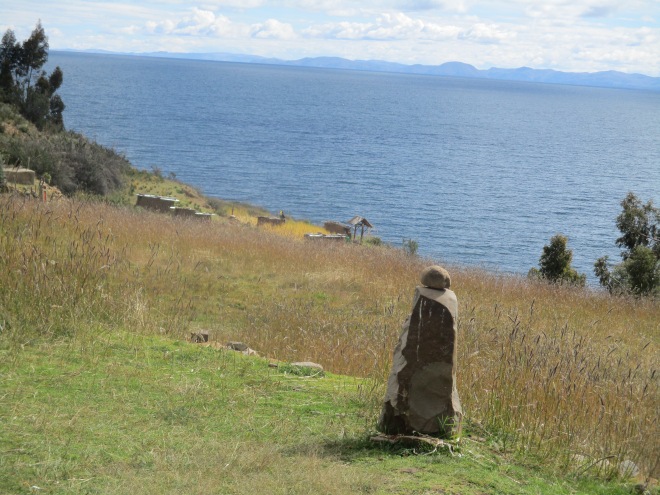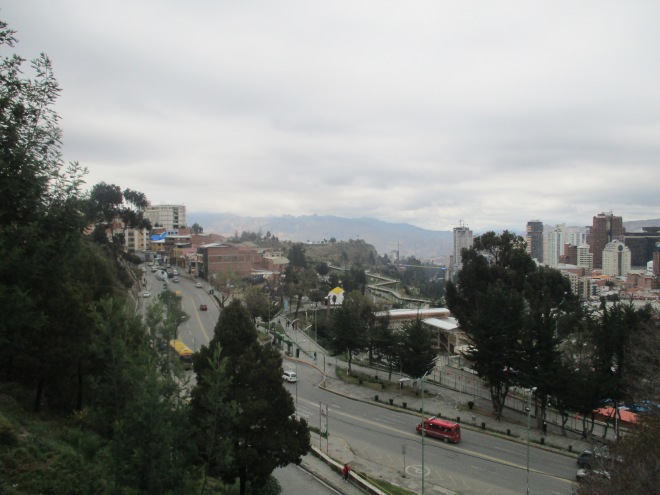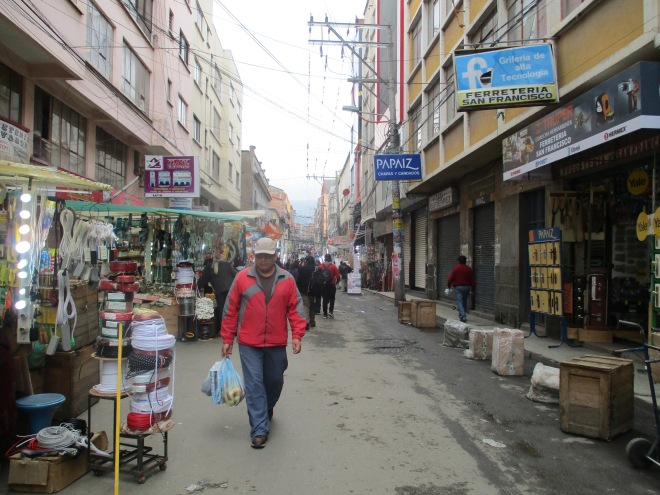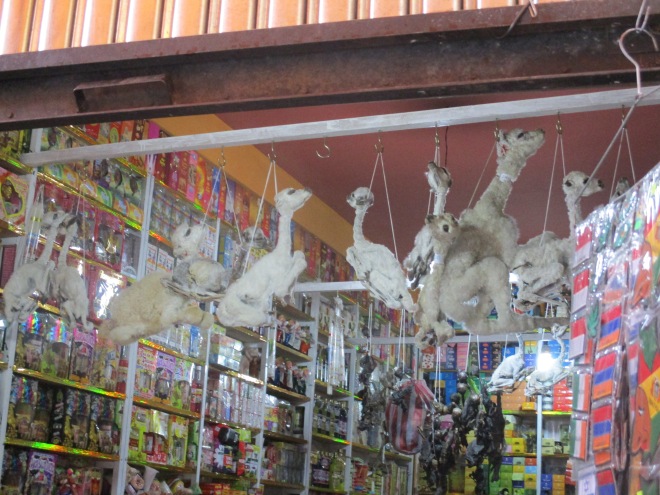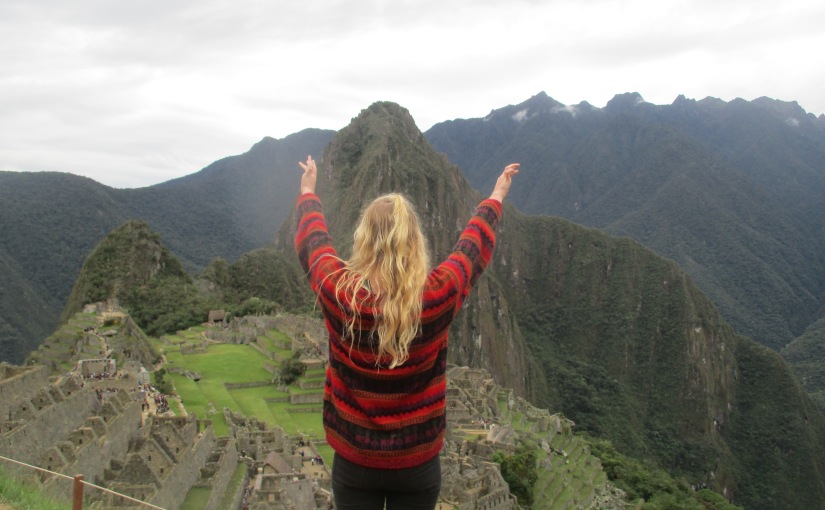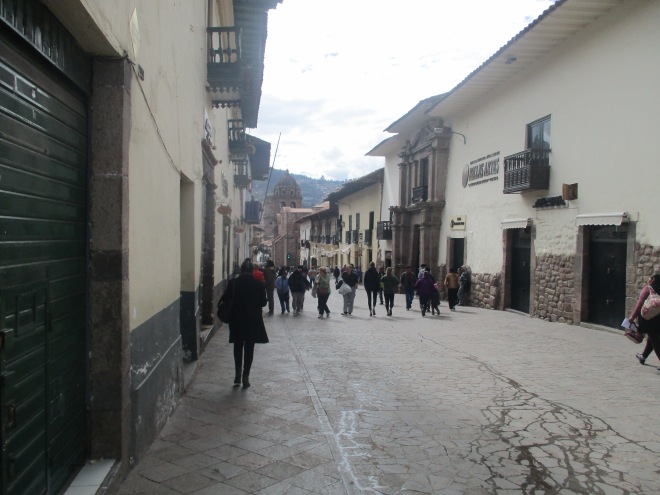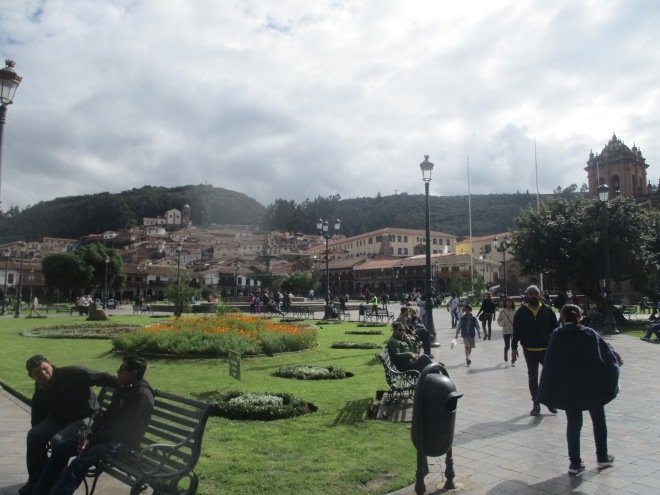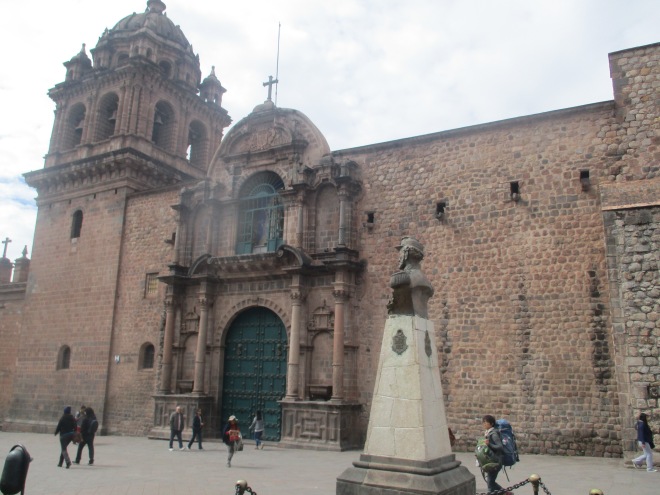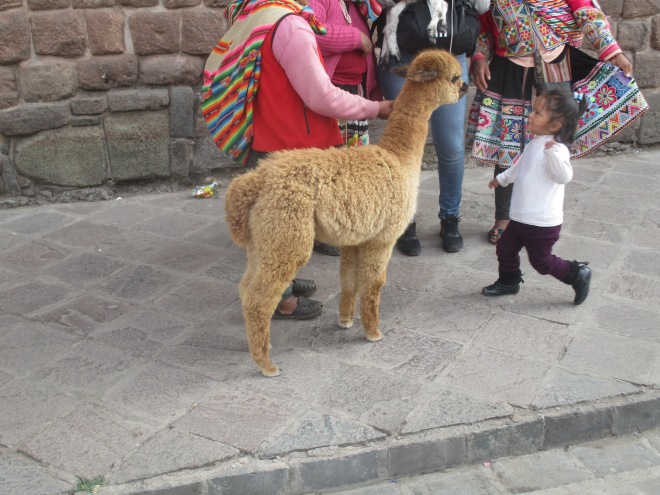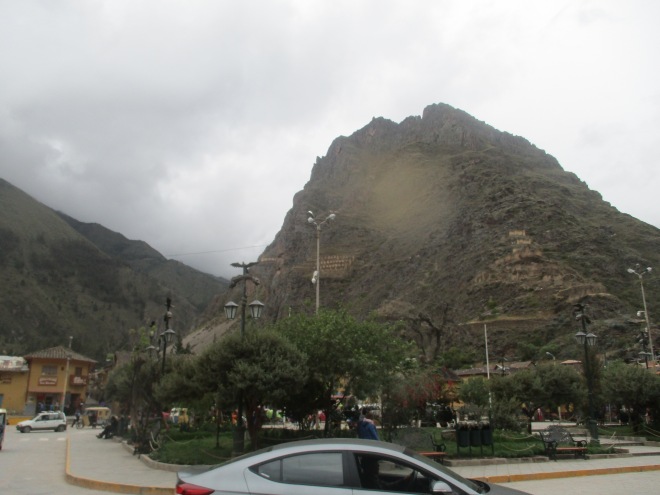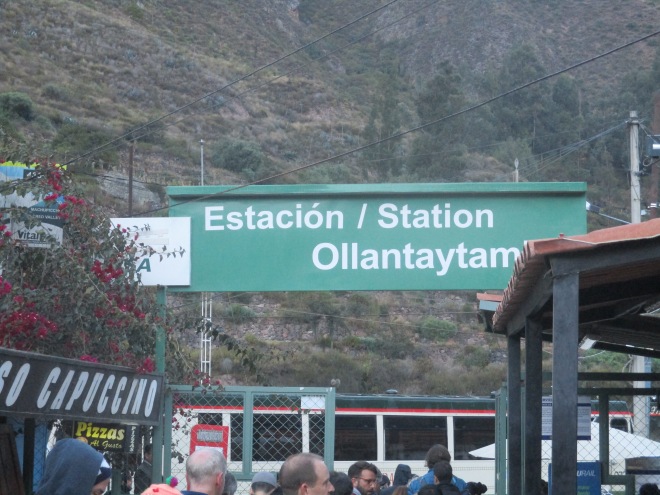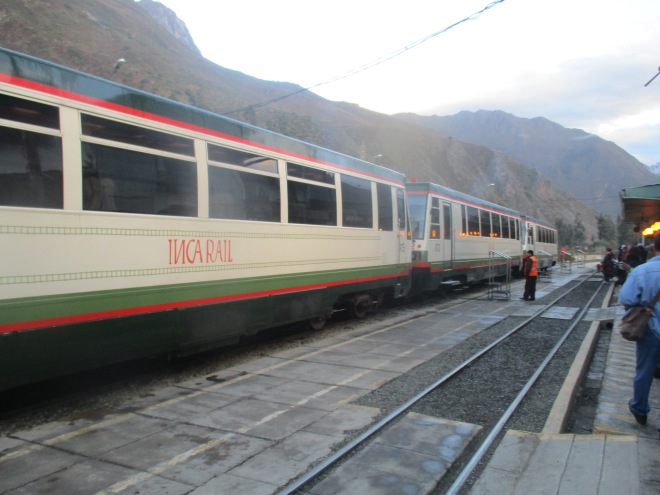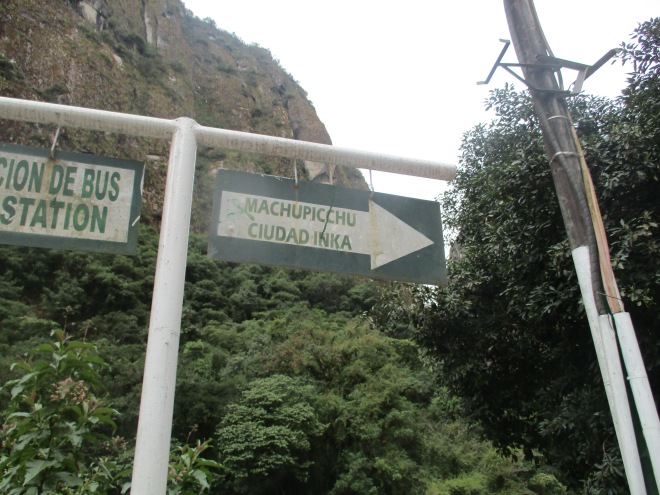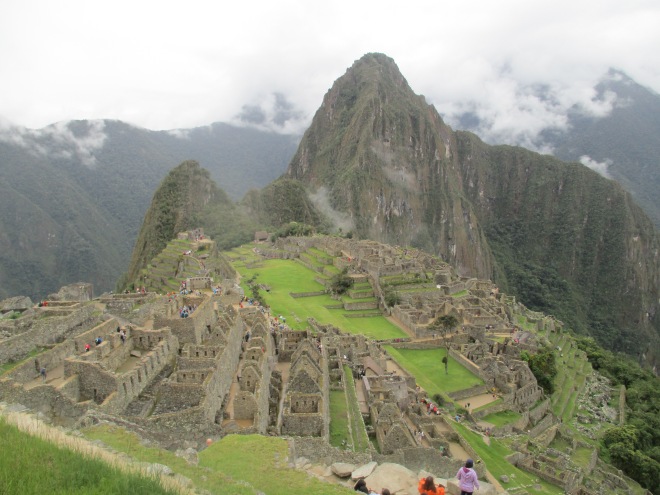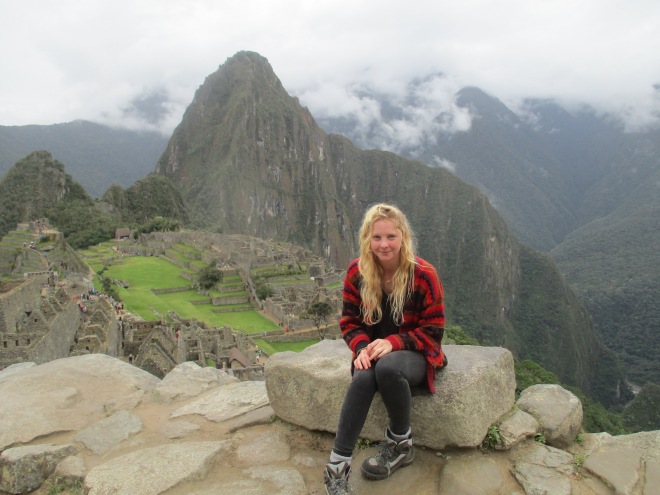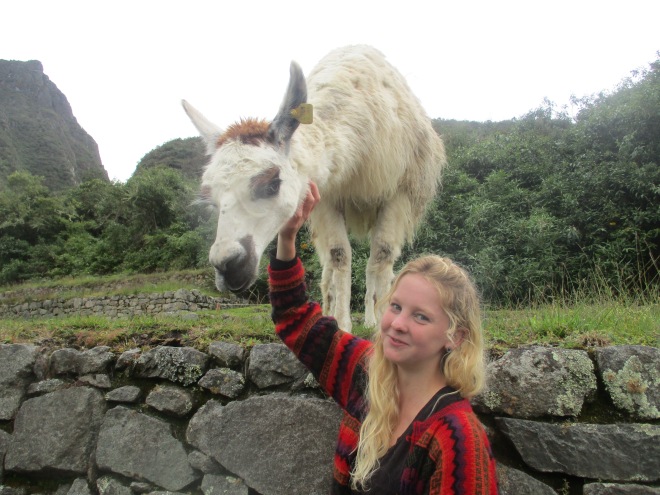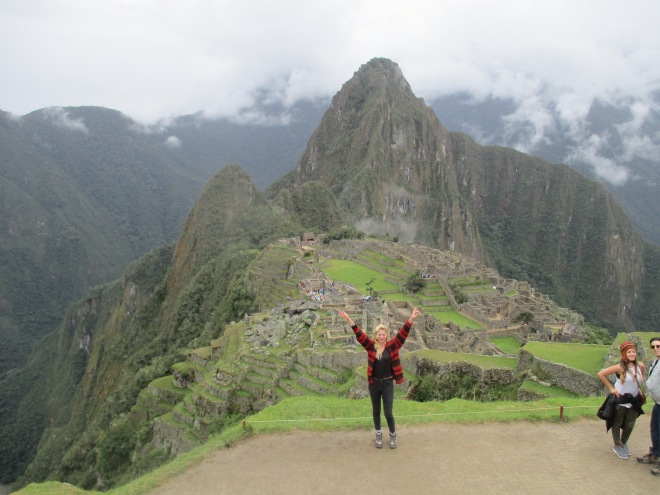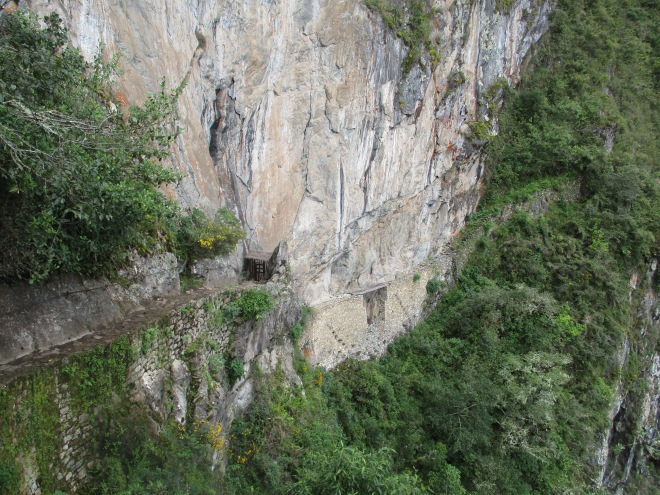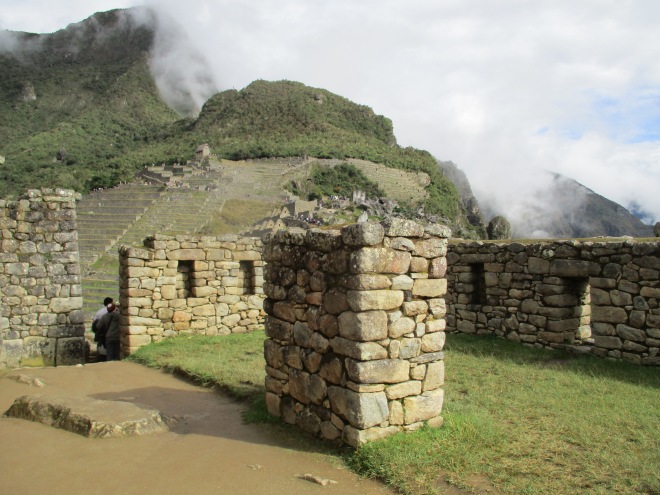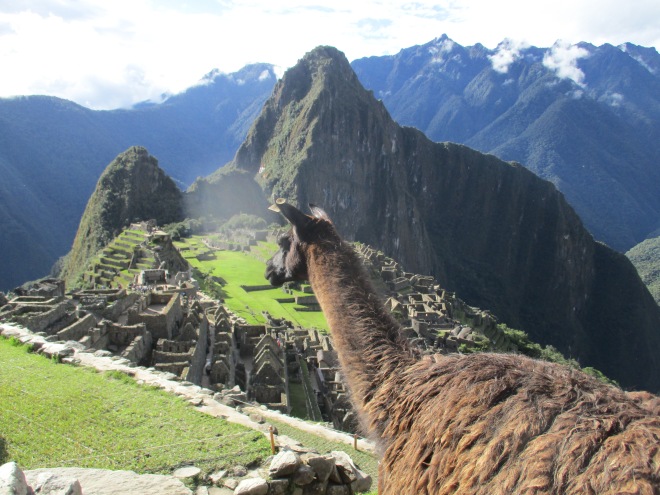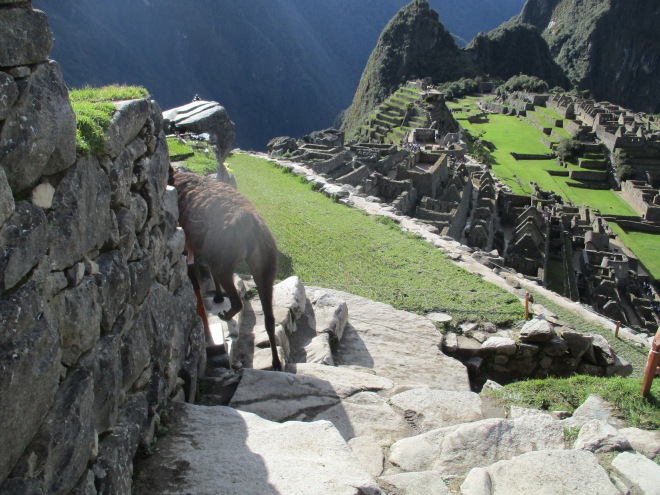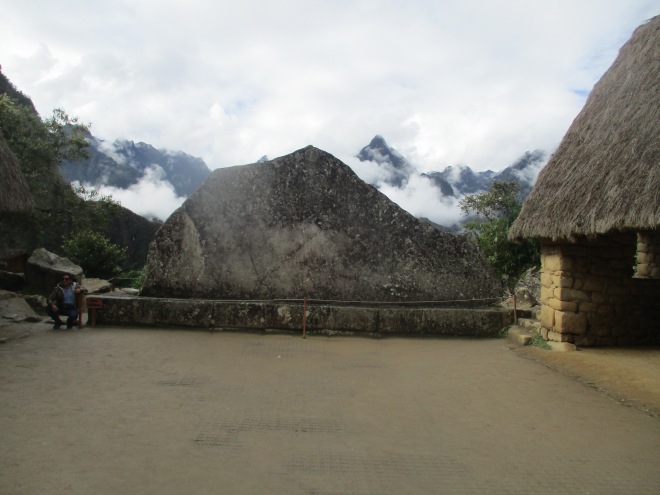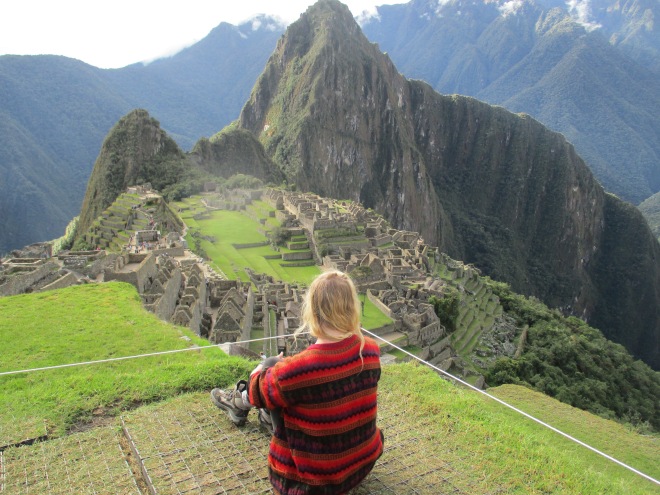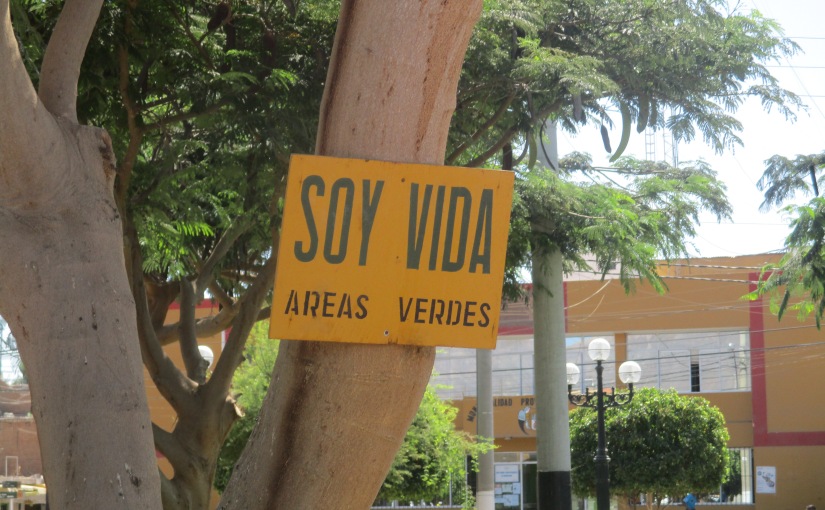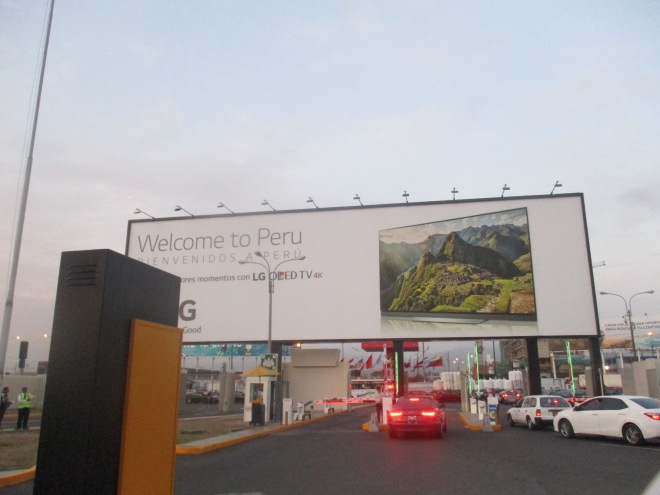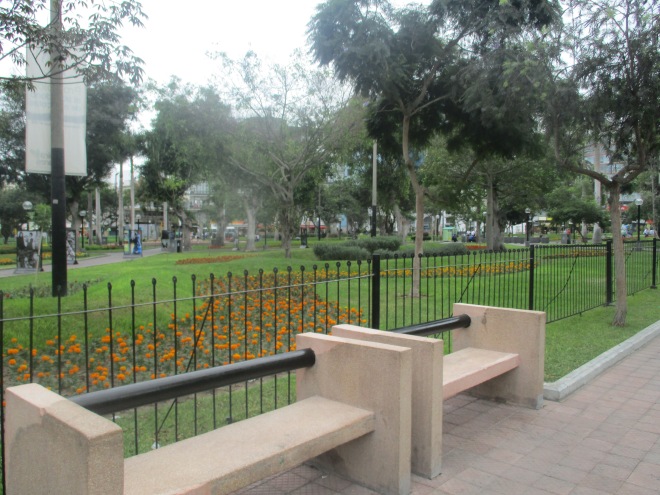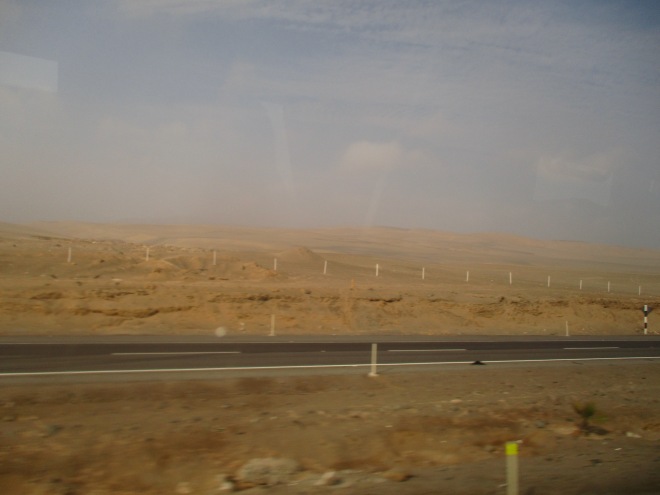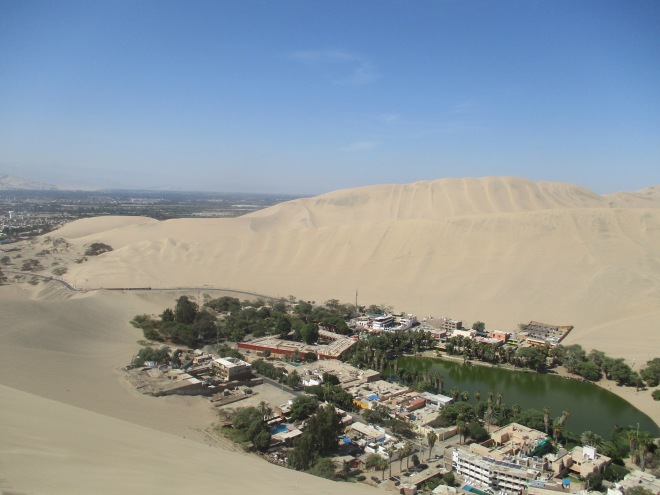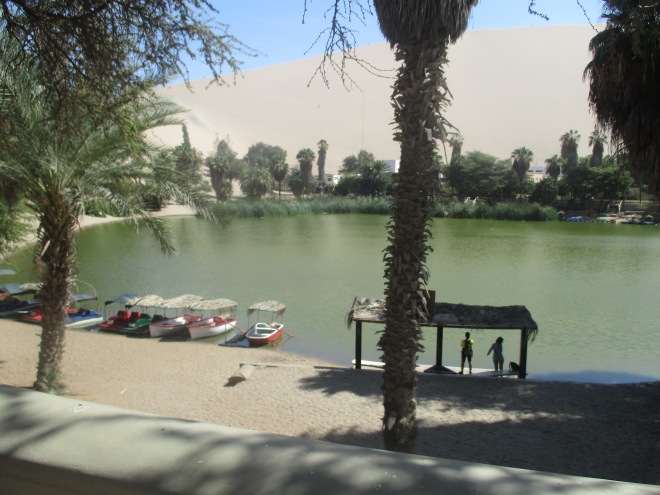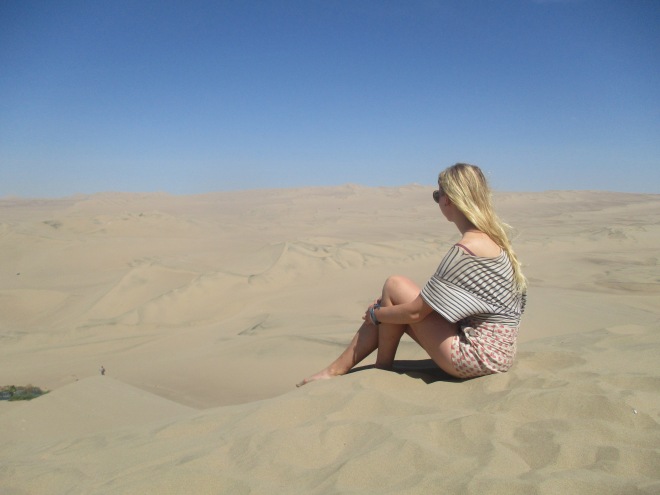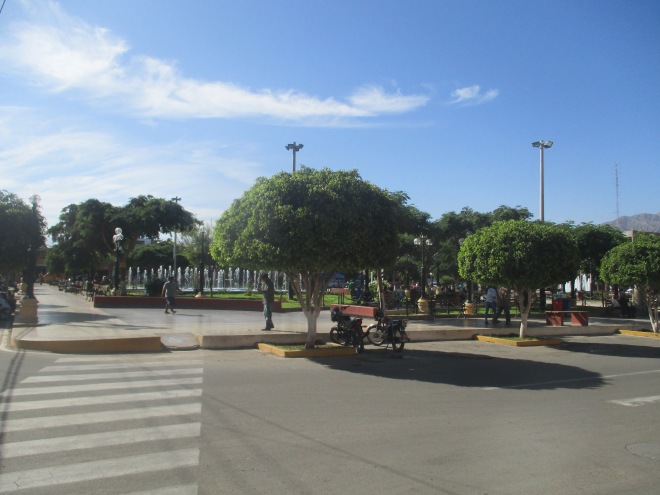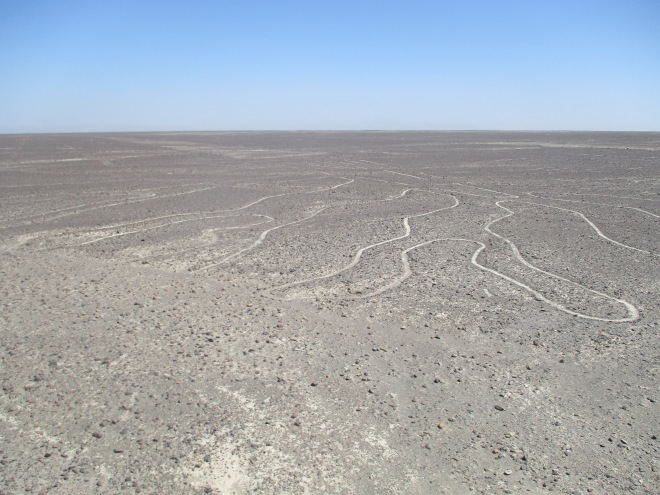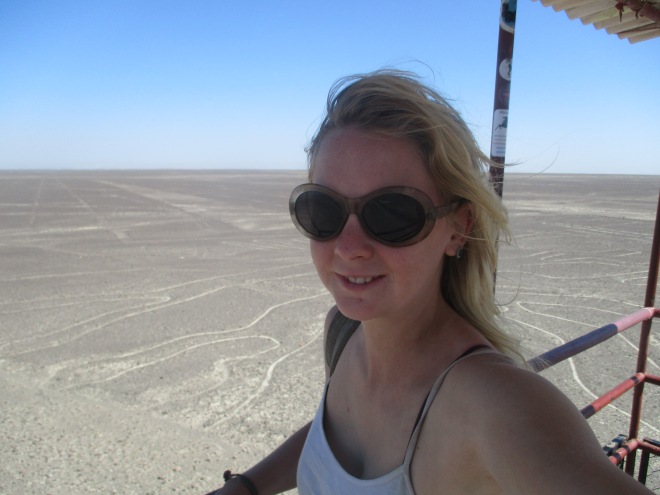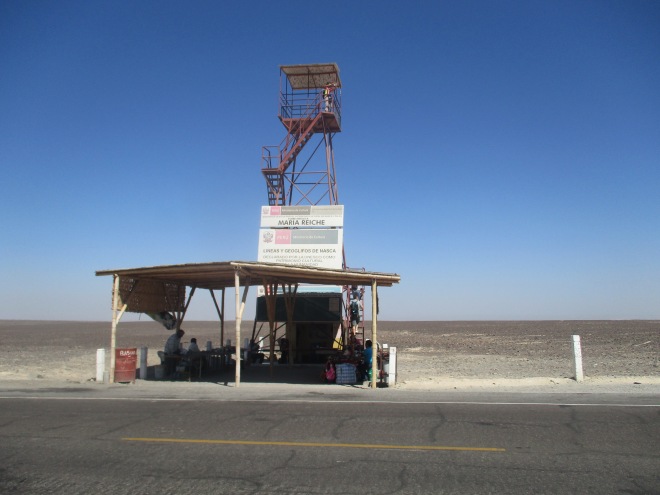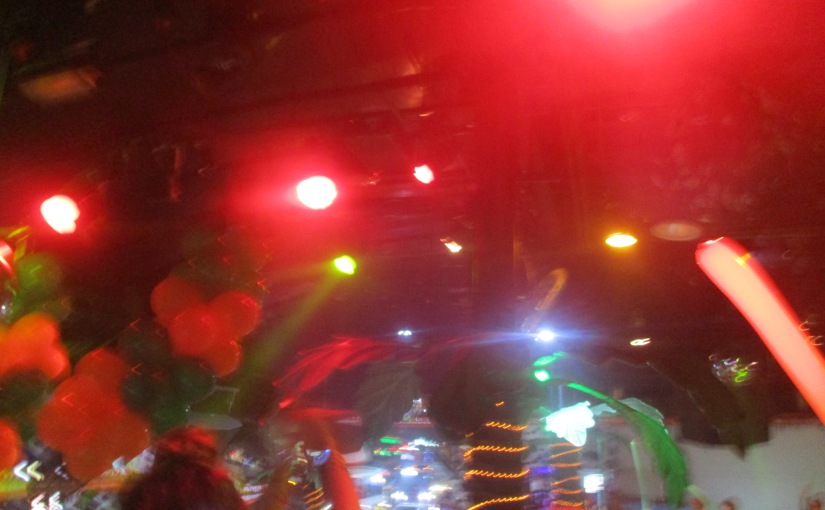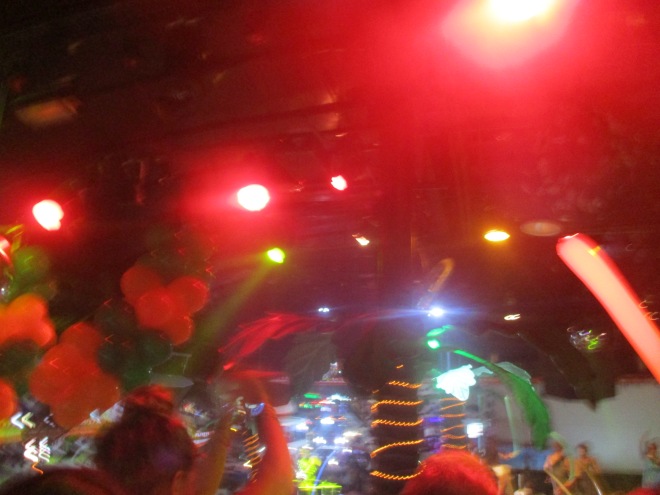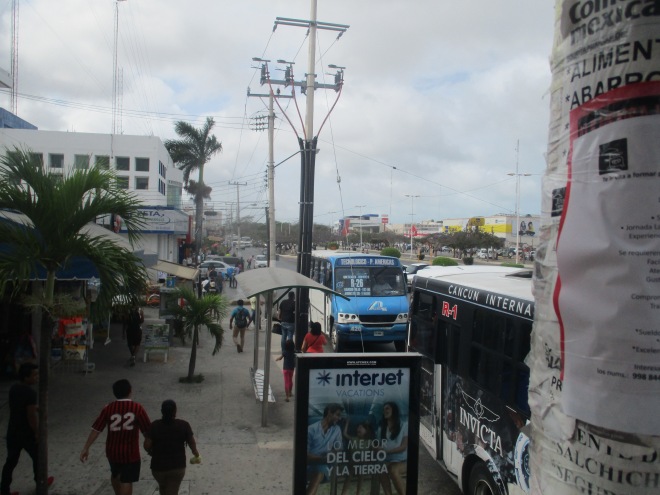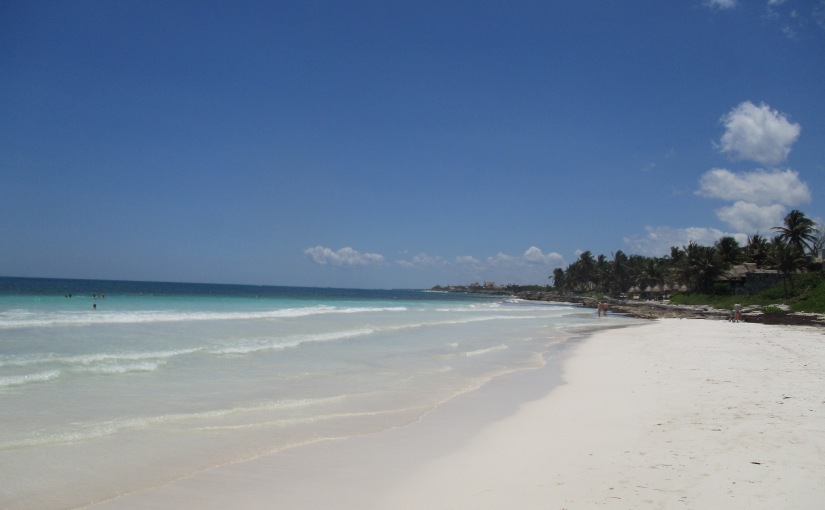The very last stop on my trip (minus the five hour lay-over in a Florida) was the very peculiar, unique and exciting city of Havana.
I wasn’t sure exactly what to expect when coming here. I had heard so much about Cuba already from history lessons revolving around the Cold War, and my interest in the place, its politics and ultimately its people was curious before I arrived.
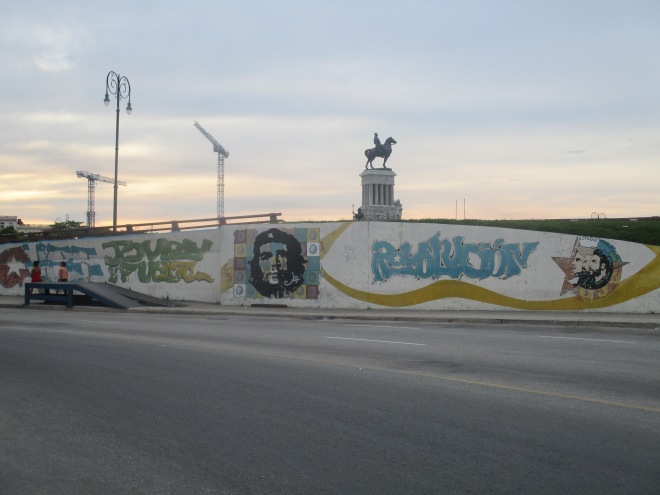
The Old Town of Havana seems to have forgone a transformation, with the narrow cobbled streets flanked by souvenir shops. Parque Central and the Capitol Building are impressive sites, as well as the churches near the coast. Furthermore, the Art Museum just off Parque Central is worth a look for a range of art from across the world and centuries.
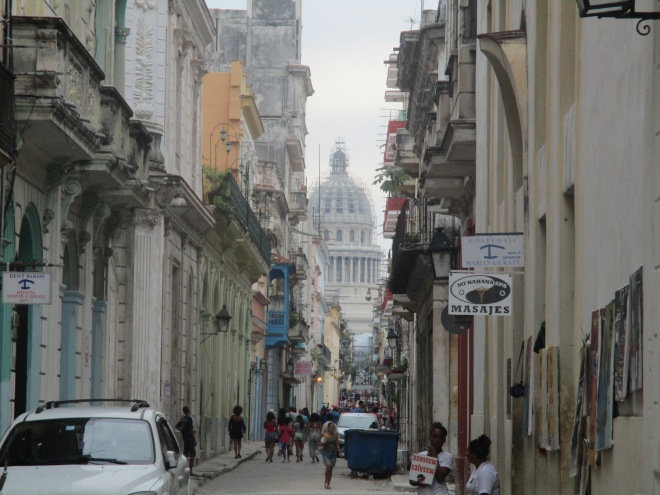
The roads are of course streaming with old 1960s classic cars, making it unique and intensely interesting just to walk the streets in my eyes. Furthermore, the Malecon seawalk and the fortress standing tall at the end are spectacular sites.
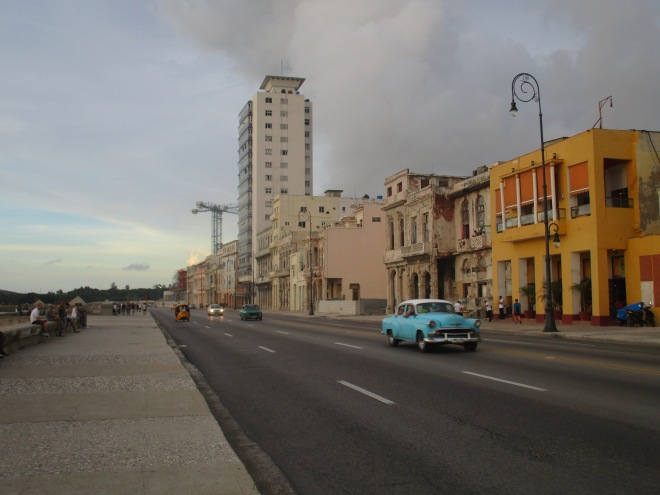
Mojitoes, Cuba Libres and Daquiris are rife in the town, this being their birthplace. Though by no means the best versions of these cocktails I have tried, it was certainly an experience having home-grown ones. There is also a range of cigar and rum stores for those who are that way inclined, and plenty of bookshops with communist propaganda overflowing from the seams.
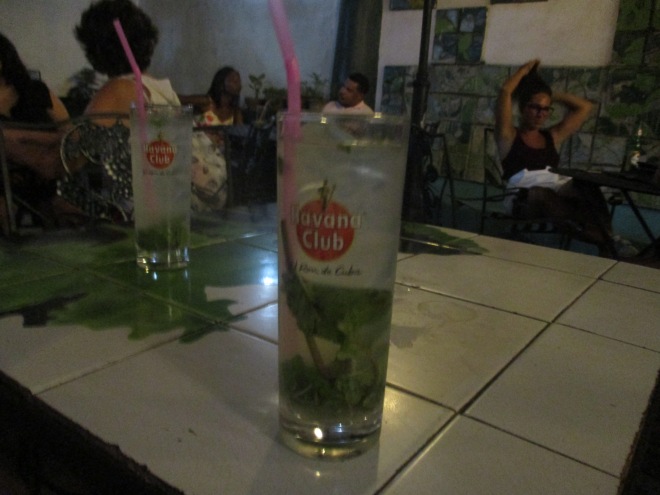
Playa de Este was worth a visit, a short bus ride out of town for beautiful Caribbean blue seas. It was, however, very busy on a Saturday. You have been warned.
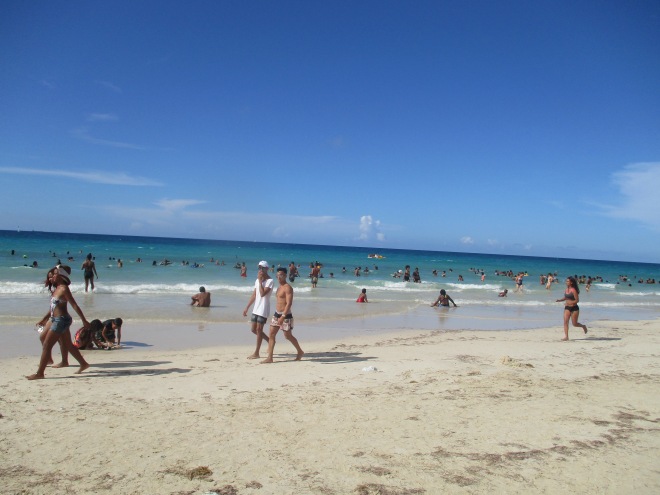
It was away from the good conditioned Old City where the proper feel for the city is achieved. The place is a deep grid of run-down streets, piles of rubbish (including dead animals) and dilapidated buildings aplenty. The locals are friendly, but some of their cat-calling can be intense – especially if you are a lone girl.
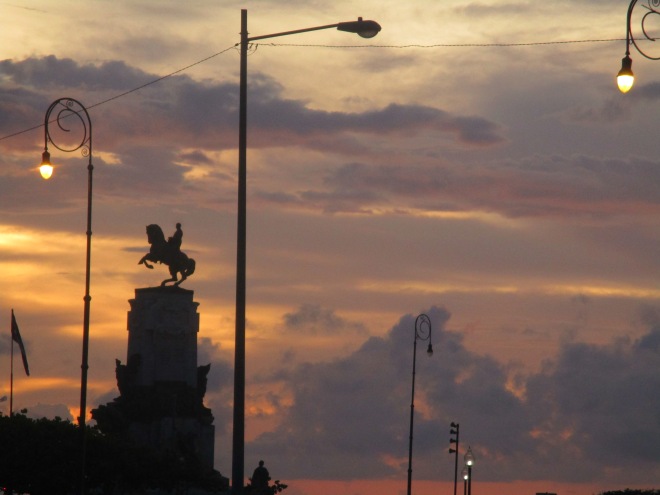
However, it is here away from the onslaught of tourists that one can find the cheapest and best food and drink. Mango juices, and mangoes for that matter, are the best I have ever had. The mango was the size of a baby’s head and so juicy. The coffees that can be purchased from here are great too.
The country runs on a very confusing dual-currency system. The tourists are supposed to use CUC, convertible pesos at roughly 1 to a dollar, though there is a 10% charge when exchanging US dollars. The locals are supposed to keep to CUP, 20 to 1 dollar for the national peso, though if you buy from places away from town, you often get change in this. Use them wisely, it can make your trip a whole lot more economical.
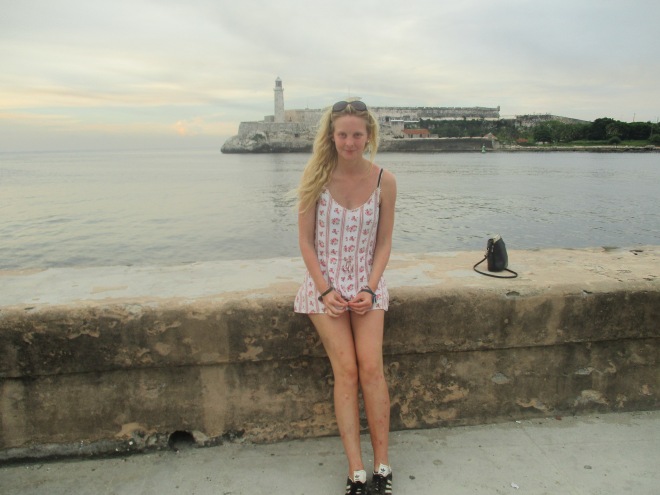
So, I guess that is it, my whirlwind adventure has come to an end abruptly due to lack of funding. I have had an excellent, life-changing time out here, full of ups and downs. I return to London, but I won’t be staying there for long as I have also luckily secured a job teaching English in the Czech Republic for 3 weeks and intend to do a mini trip to some countries in Eastern Europe. After that, it really will be home for the long-haul, to get the money that will pay for my Asia trip. Stay tuned.
